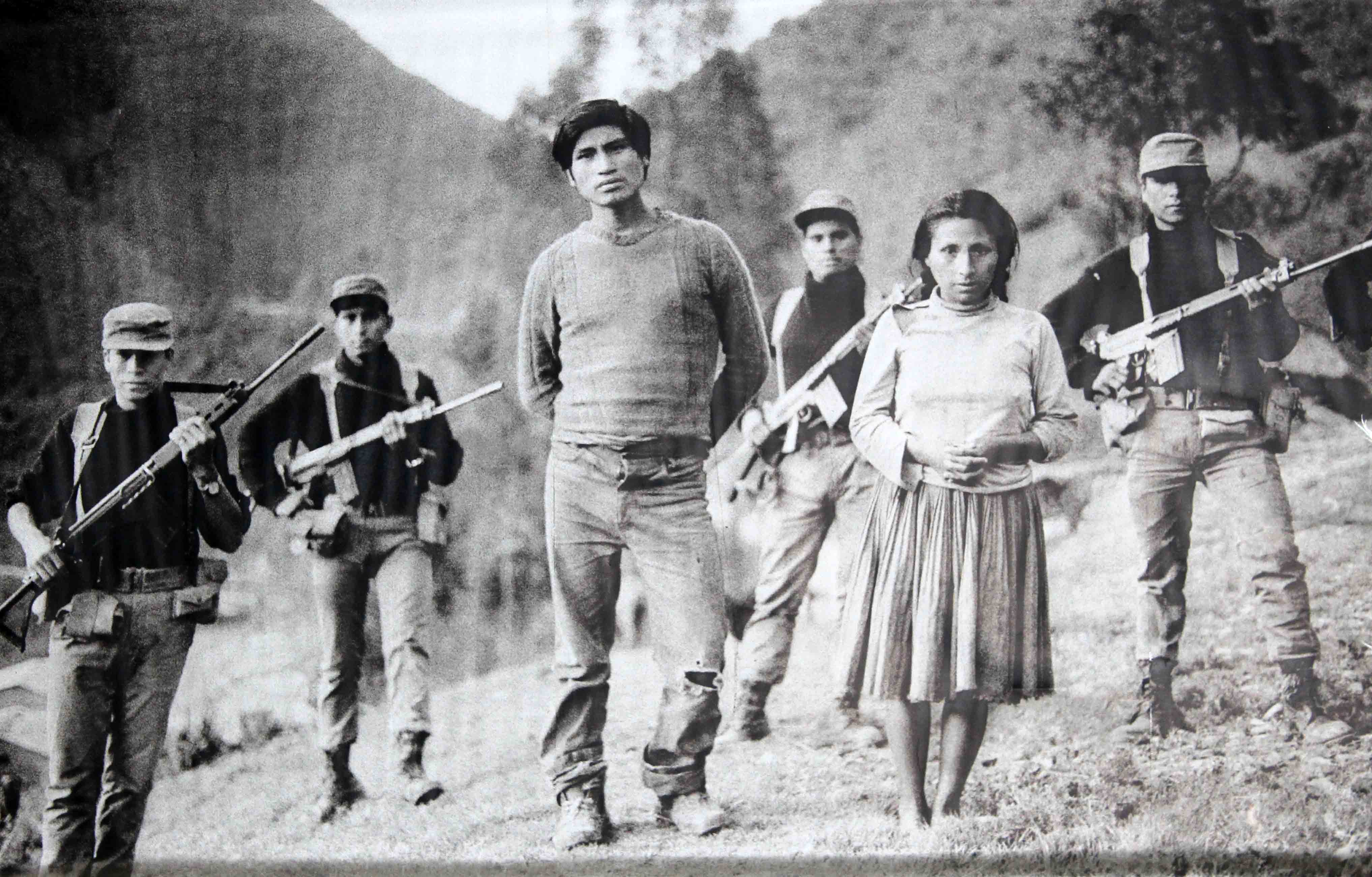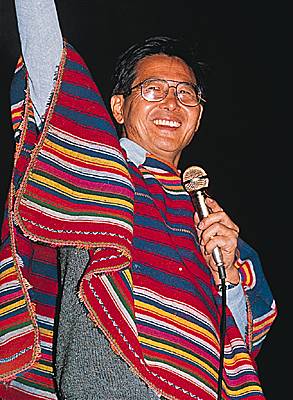Throughout the course of my lessons in Peruvian history I have come to understand a certain paradigm when it comes to the people that make up this beautiful country.
Peru is a divided country. It is not one cultural entity, but a mix of different cultures centered around geographical zones.
Or at least, that was my takeaway from my lessons this past week.
To begin you have to understand there are three main regions in Peru: The Mountains to the South, The Desert Coast to the West, and the Jungle to the North. These three regions support a wide variety of different cultures and lifestyles ranging from the Quechua-speaking natives in the Andes to the Amazonian tribes in the Jungle to the Spanish-speakers in the cities along the coast. Even before the Incan civilization Peru consisted of multiple pueblos with widely varying traits.
 |
| Here's a good geographic breakdown of the country. |
 Fast forward to Spanish colonialization. When these conquistadors arrived in South America they didn't see a pre-existing civilization with a nature-oriented belief system, political hierarchy, form of record keeping, advanced astronomical capabilities, or significant public works designed to enhance The Conquistadors thought they saw a tabula rasa people who were primed to be controlled and taught the Spanish way of living. In this manner they destroyed a significant amount of culture and imposed the Catholic church's will on them. What's worse is they managed to convince the Peruvian people that they were inferior to the Spaniards. The Peruvians believed what the Spaniards taught them.
Fast forward to Spanish colonialization. When these conquistadors arrived in South America they didn't see a pre-existing civilization with a nature-oriented belief system, political hierarchy, form of record keeping, advanced astronomical capabilities, or significant public works designed to enhance The Conquistadors thought they saw a tabula rasa people who were primed to be controlled and taught the Spanish way of living. In this manner they destroyed a significant amount of culture and imposed the Catholic church's will on them. What's worse is they managed to convince the Peruvian people that they were inferior to the Spaniards. The Peruvians believed what the Spaniards taught them.life. They saw a backwards people growing potatoes or corn and riding alpacas.
This mindset goes on today.
But after condensing over three hundred years of history in one paragraph I want to open up a few twenty years to examine a terrible time in history.
So, prior to 1980 Peru's capital city soaked up most of the wealth and benefits: healthcare, education, transportation. Peru was ruled by a military dictator at the time. Outside of the capital, especially in the mountains, people lived impoverished lives. They enjoyed none of the benefits the Peruvian government employed in Lima.
 |
| Abimael Guzman, leader of Shining Path |
They called themselves Sendero Luminoso or, in English, Shining Path. Shining Path aligned itself on Leninist principles of governance. They modeled themselves after General Mao Ze Dong's People's revolution in China.
Sendero Luminoso started off meaning well, but quickly turned into something horrid. Their early years focused on organizing and spreading their information outside of the City. In 1980, during a presidential election, they declared the beginning of their violent revolution.
They began by focusing on military targets and dictatorial powers in the countryside, especially cities like Ayacucho. And plenty of the campesinos supported them.
 |
| A photo of Shining Path from 1985 |
The government's response for one very specific reason: They couldn't identify who was Shining Path.
Here's another axiom my lecturer/teacher Efrain wanted to highlight:
The difference between a guerrilla army and a terrorist group is that guerrilla fighters wear uniforms. Terrorists can be anyone.
Hence the State's response was to murder huge swaths of Quechua-speaking natives in the hopes of catching one or two Senderosos. The Senderosos used the civilian population as their shield. They never cracked under torture and they compartmentalized their organization to limit possible leaks.
 |
| The Peruvian Military has a Terror Suspect and Wife. |
Then came Fujimori.
Elected in 1990 the Japanese-Peruvian president was assisted by Vladimiro Montesinos, a military adviser. Everyone liked Fujimori for his minor victories (settling a border dispute with Ecuador, slashing inflation, privatizing state industries) but he continued the violent search to root out Shining Path's leadership.In 1992 a car bomb went off in the posh suburb of Miraflores in Lima. It was at that moment that the State (and many ignorant city dwellers) realized the war had come to them. It was in their home city and they hadn't even realized it. Shining Path had nestled into Lima long before the car bomb, but this was a call to action for the more wealthy people.
Not long after the car bomb an intelligence organization was created to find and capture Shining Path's leadership. In a Zero-Dark-Thirty-esque story of spy intrigue this group found and captured Guzman as well as his staff in a fancy building in Lima. This effectively cut the head off the snake. Shining Path became dysfunctional and waned in the proceeding years to the point of ineffectiveness. Guzman and his staff were sentenced to life in prison.
Fujimori took the credit. In fact, his specialty turned out to be manipulating the public image of him. He purchased all the television and print broadcast sources in Peru and had them churning out positive message after positive message. It turns out he was incredibly corrupt. He was arrested after 1992 and sentenced to life in prison. As it so happens he's not even Peruvian. He's just Japanese.
Today Peru has a democratically elected president. But they are much more wary of politics to begin with and any independent party's promises of a better life ring hollow in the ears of many Peruvians. Optimism for politics is in short supply here among the older generations and some of the young adults here as well.
Over 68,000 people were killed during this violent time and many consider it a Civil War. Peru today struggles to overcome this dark time. There's very little I can add when it comes to American involvement. Nobody suspected Shining Path would become the threat it did until 1992. In point of fact America trained the dictators that ruled many countries in Central and South America at a CIA-created school. These dictators learned how to torture, how to subjugate populations, and how to prevent revolutions from us. The Peruvian dictator went to this school.
So, what does it all mean?
It's a great sadness. These events have become ingrained in the consciousness of Peruvian everyday life. Between the remaining inferiority complexes created by colonialism and the distrust of government one can feel a lack of hope. But God works in the in-between. These moments of horror shock us to our core. I know that I was scared to open my mind to this history. It was too horrific, too awful to be real to me.
What comes next is healing. It's been a good fifteen years since Guzman, Fujimori, and Montesino were sentenced to life imprisonment. My role in this new home is work alongside those survivors of the violence with whatever they need. I don't know honestly how to go about healing the nation, but these native Peruvians at organizations like United Hands Network and Paz y Esperanza do. God called me to serve alongside these people and to offer myself up. It's only appropriate I mourn the darkness as well so that I can help shine some light.
Gracis y Vaya con Dios
- Daniel Pappas -
Heads up, it's about an hour and a half long!


No comments:
Post a Comment